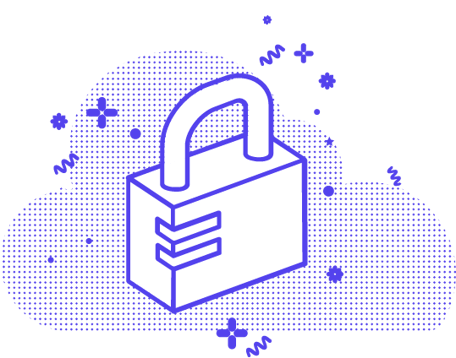
PRIORITIZING SECURITY, PROTECTING YOUR PRIVACY
Closely linked to cyber security is data privacy, which InnerSpace puts at the core of our indoor location platform.
It’s an important subject in light of recent events, as many countries implemented data-driven systems to monitor and track the spread of COVID-19 – unprecedented surveillance and data exploitation that infringed on rights to privacy. At the beginning of the pandemic, we wrote about this issue, and the question of what is reasonable to expect people to disclose about themselves and their whereabouts in the interest of public health and safety.
Here this October, we feel it’s a good opportunity to remind readers that InnerSpace technology tracks only patterns of movement – and not actual individuals – via the InnerSpace sensors or existing access points that capture the WiFi signals of each person’s smart device. In so doing, it stores no personally identifiable information, and complies with the gold standard in privacy: the GDPR guidelines.
- InnerSpace sensors and existing APs collect, temporarily buffer, and then forward data via an encrypted, secure connection to cloud servers.
- These servers are inaccessible to the public and are only reachable by the InnerSpace operations team via a protected private network.
- InnerSpace application servers collect and anonymize data prior to processing. The data is protected and stored within a private network and inaccessible to the public.
In other words: this is not CCTV. There are no video cameras and nobody is watching. It’s impossible to establish identity, as we’re tracking population-level metrics, not one person’s travel patterns. Furthermore, users are free to opt out at any time by switching off WiFi and Bluetooth if they have any concerns.
You can read about our full privacy policy here.

HOW WILL EMPLOYEES ACTUALLY USE YOUR SPACE?
For companies that seek to deploy hybrid workstyles, it can be challenging to figure out how people actually use spaces within offices. One global leader in lodging and hospitality turned to InnerSpace not long ago to use our platform to understand how two distinct teams worked in and moved around their spaces – and, as a result, see what their true needs were.
Using the WiFi signals of each person’s smart devices, we helped this client identify key workplace behaviors and patterns of movement – and, as a result, inform office design, resourcing and seating assignments. Importantly, this was not just occupancy data – which is essentially people-counting data with which companies can’t reliably build, manage and measure hybrid workspaces.
Instead, indoor location data answers deeper questions, such as: When do these employees come – and how often? Where do they work and migrate? Such insights reveal true behaviors and patterns of different teams, helping companies tailor spaces within their spaces as well-suited as possible to each department.
Read more about the findings in our latest post.